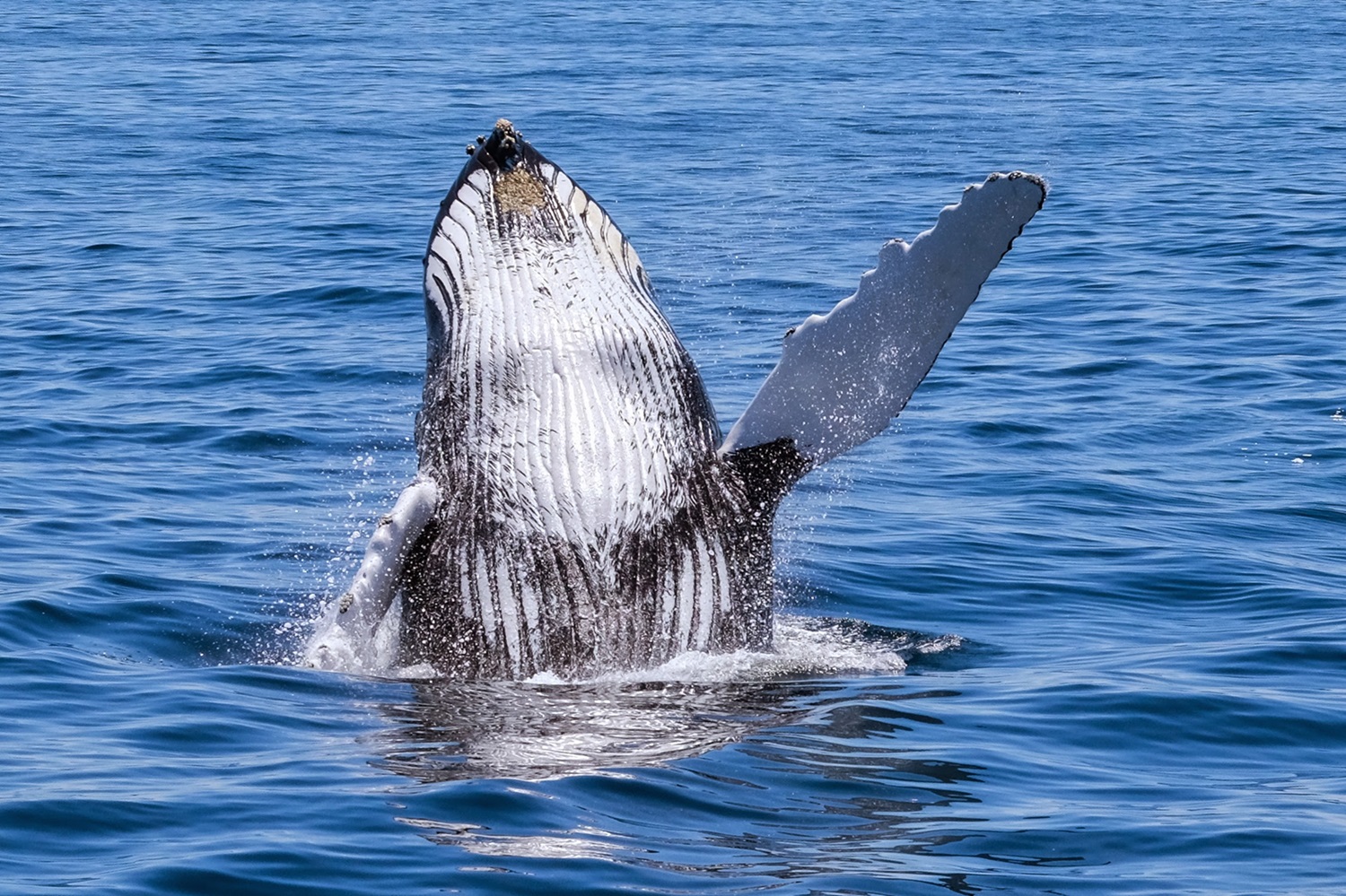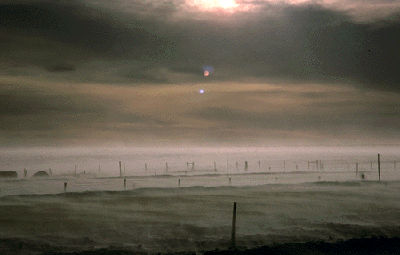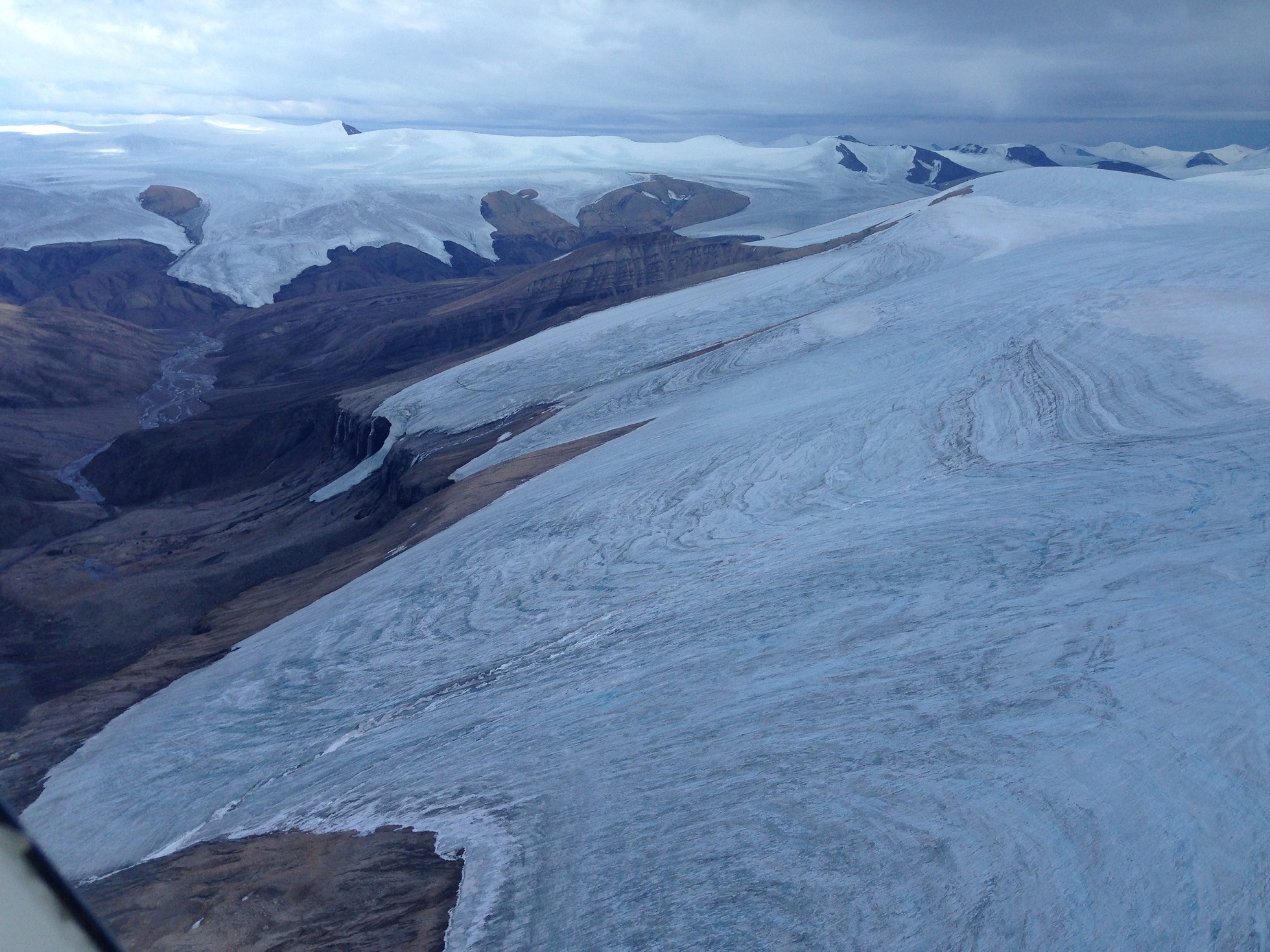Browse "Nature & Geography"
-
Article
Humboldt Broncos Bus Crash
One of Canada’s most high-profile highway tragedies occurred on 6 April 2018, when a bus carrying 28 members of the Humboldt Broncos junior hockey team collided with a transport truck at a highway intersection near Tisdale, Saskatchewan. The crash killed 16 team members: 10 players and 6 staff. It also led to new truck-driver training and licensing regulations and increased awareness about the availability and use of seat belts among bus passengers.
"https://d2ttikhf7xbzbs.cloudfront.net/media/single_use_images/20202768_lg.jpg" // resources/views/front/categories/view.blade.php
https://d2ttikhf7xbzbs.cloudfront.net/media/single_use_images/20202768_lg.jpg
-
Article
Humidity Across Canada
Humidity Across Canada Humidity Across Canada City % Chance of Discomfort Extreme Humidity (°C) Date St John's 9 38. 6 6 July 1983 Charlottetown 21 40.72 22 Aug 1976 Halifax 9 39.8 1 Sept 1953 Fredericton 36 44.5 10 July 1955 Montréal 46 46.8 1 Aug 1975 Ottawa 41 46.0 1 July 1955 Toronto 44 48.0 1 Sept 1953 Windsor 62 52.1 20 June 1953 Winnipeg 37 45.9 2 Sept 1983 Regina 25 44.5 19...
"https://development.thecanadianencyclopedia.ca/images/tce_placeholder.jpg?v=e9dca980c9bdb3aa11e832e7ea94f5d9" // resources/views/front/categories/view.blade.php
https://development.thecanadianencyclopedia.ca/images/tce_placeholder.jpg?v=e9dca980c9bdb3aa11e832e7ea94f5d9
-
Article
Humidity and Humidex
Humidity is related to the amount of moisture or water vapour in the air. Although invisible, water vapour is always present in the atmosphere.
"https://development.thecanadianencyclopedia.ca/images/tce_placeholder.jpg?v=e9dca980c9bdb3aa11e832e7ea94f5d9" // resources/views/front/categories/view.blade.php
https://development.thecanadianencyclopedia.ca/images/tce_placeholder.jpg?v=e9dca980c9bdb3aa11e832e7ea94f5d9
-
Article
Hummingbird
Hummingbird is a common name for New World family Trochilidae, which numbers more than 300 species.
"https://development.thecanadianencyclopedia.ca/images/tce_placeholder.jpg?v=e9dca980c9bdb3aa11e832e7ea94f5d9" // resources/views/front/categories/view.blade.php
https://development.thecanadianencyclopedia.ca/images/tce_placeholder.jpg?v=e9dca980c9bdb3aa11e832e7ea94f5d9
-
Article
Humpback Whale
The humpback whale (Megaptera novaeangliae) is the one of the most well-studied whale species. The genus Megaptera means “large winged,” highlighting its long pectoral fins and broad tail fins or flukes, which it slaps on the water's surface in enormous displays. This whale has become renowned for these displays. They are also famous for their songs, which the males sing during the breeding season.
"https://d2ttikhf7xbzbs.cloudfront.net/humpbackwhale/Humpback-Whale-Breaching.jpg" // resources/views/front/categories/view.blade.php
https://d2ttikhf7xbzbs.cloudfront.net/humpbackwhale/Humpback-Whale-Breaching.jpg
-
Article
Hurricane
Many factors are involved in their creation. With most, intense sunlight heats the ocean, which in turn warms the overriding air by convection. The heated air rises, carrying away evaporated water charged with energy and producing an area of low pressure.
"https://d2ttikhf7xbzbs.cloudfront.net/media/media/23a43177-2f76-4eed-830a-de54fd13d68a.jpg" // resources/views/front/categories/view.blade.php
https://d2ttikhf7xbzbs.cloudfront.net/media/media/23a43177-2f76-4eed-830a-de54fd13d68a.jpg
-
Macleans
Hurricane Devastates Halifax's Trees
JOHN SIMMONS steps over the trunk of a splintered spruce, lets out a weary sigh and points off to the left, over the twisted, mangled corpses of pines and birches lining Sailors' Memorial Way in HALIFAX'S Point Pleasant Park. "There's one we can save," says Halifax's urban forest supervisor.This article was originally published in Maclean's Magazine on October 27, 2003
"https://development.thecanadianencyclopedia.ca/images/tce_placeholder.jpg?v=e9dca980c9bdb3aa11e832e7ea94f5d9" // resources/views/front/categories/view.blade.php
https://development.thecanadianencyclopedia.ca/images/tce_placeholder.jpg?v=e9dca980c9bdb3aa11e832e7ea94f5d9
-
Macleans
Hurricane Floyd
Hurricanes are a personal thing for Joanne O'Connell. Her house, barely 200 m from an estuary on the coast of North Carolina, bears the scars of past storms.This article was originally published in Maclean's Magazine on September 27, 1999
"https://development.thecanadianencyclopedia.ca/images/tce_placeholder.jpg?v=e9dca980c9bdb3aa11e832e7ea94f5d9" // resources/views/front/categories/view.blade.php
https://development.thecanadianencyclopedia.ca/images/tce_placeholder.jpg?v=e9dca980c9bdb3aa11e832e7ea94f5d9
-
Article
Hurricane Hazel
Hurricane Hazel struck the Toronto area on 15-16 October 1954, with devastating results. It was Canada's worst hurricane and Toronto's worst natural disaster. During the storm, winds reached 124 km/h and over 200 millimetres of rain fell in just 24 hours. This horrific storm left 81 dead, nearly 1900 families homeless, and caused between $25 and $100 million in damages (modern-day cost has been estimated at over $1 billion).
"https://d2ttikhf7xbzbs.cloudfront.net/media/media/1fce4c4c-618d-4b60-bd9c-ba190497c0c4.jpg" // resources/views/front/categories/view.blade.php
https://d2ttikhf7xbzbs.cloudfront.net/media/media/1fce4c4c-618d-4b60-bd9c-ba190497c0c4.jpg
-
Macleans
Hurricane Juan Hits Halifax
NOTHING, it seems, happens without a reason. A butterfly flaps its wings off the coast of Bermuda and the next thing you know you're cowering in bed at 1 a.m. with only two panes of glass between you and winds screaming like the apocalypse as they slam into Halifax.This article was originally published in Maclean's Magazine on October 13, 2003
"https://development.thecanadianencyclopedia.ca/images/tce_placeholder.jpg?v=e9dca980c9bdb3aa11e832e7ea94f5d9" // resources/views/front/categories/view.blade.php
https://development.thecanadianencyclopedia.ca/images/tce_placeholder.jpg?v=e9dca980c9bdb3aa11e832e7ea94f5d9
-
Macleans
Hurricane Mitch
Time after time, Digna Arguello folded her hands in prayer and asked God to put an end to the tempest. But Hurricane Mitch just raged on, tearing at her tiny home in the remote Nicaraguan village of Chinandega, and dumping nearly a metre of rain a day on a broad swath of Central America.This article was originally published in Maclean's Magazine on November 16, 1998
"https://development.thecanadianencyclopedia.ca/images/tce_placeholder.jpg?v=e9dca980c9bdb3aa11e832e7ea94f5d9" // resources/views/front/categories/view.blade.php
https://development.thecanadianencyclopedia.ca/images/tce_placeholder.jpg?v=e9dca980c9bdb3aa11e832e7ea94f5d9
-
Article
Hydro-Québec
Hydro-Québec, a provincially owned corporation based in Montréal, is Canada's largest electric utility and, judged by assets ($30.6 billion in 1986), Canada's second largest corporation.
"https://d2ttikhf7xbzbs.cloudfront.net/media/media/6be9c93a-1849-439f-b16a-f87c91691760.jpg" // resources/views/front/categories/view.blade.php
https://d2ttikhf7xbzbs.cloudfront.net/media/media/6be9c93a-1849-439f-b16a-f87c91691760.jpg
-
Article
Hydroelectricity in Canada
Hydroelectricity is energy produced from flowing water. The amount of energy produced depends on volume and speed: the more water moving at a fast rate, the more energy produced. For this reason, many hydroelectric stations are built near waterfalls. To produce energy, water is directed toward turbines — sometimes with the help of a dam — causing them to spin. In turn, the turbines make electrical generators spin and electricity is produced. It is a renewable, comparatively nonpolluting energy source and Canada’s largest source of electric-power generation.
"https://d2ttikhf7xbzbs.cloudfront.net/media/media/0c8c9180-7dde-40c3-9b85-fcd031a4d8c4.jpg" // resources/views/front/categories/view.blade.php
https://d2ttikhf7xbzbs.cloudfront.net/media/media/0c8c9180-7dde-40c3-9b85-fcd031a4d8c4.jpg
-
Article
Ice
Ice, including snow, is the solid phase of water. It is useful to think of it this way rather than as "frozen water" because water can achieve the solid phase through the freezing of liquid water or by direct deposition (sublimation) of water vapour, its gaseous phase.
"https://d2ttikhf7xbzbs.cloudfront.net/media/media/95c32951-2343-4d6d-acfc-315bb89da7f2.jpg" // resources/views/front/categories/view.blade.php
https://d2ttikhf7xbzbs.cloudfront.net/media/media/95c32951-2343-4d6d-acfc-315bb89da7f2.jpg
-
Article
Ice Cap
Ice caps are large masses of ice that rest on land and cover most of the underlying landscape.
"https://d2ttikhf7xbzbs.cloudfront.net/media/media/8db9e099-bf02-4b3d-953a-6fdd258ef9d2.jpg" // resources/views/front/categories/view.blade.php
https://d2ttikhf7xbzbs.cloudfront.net/media/media/8db9e099-bf02-4b3d-953a-6fdd258ef9d2.jpg
